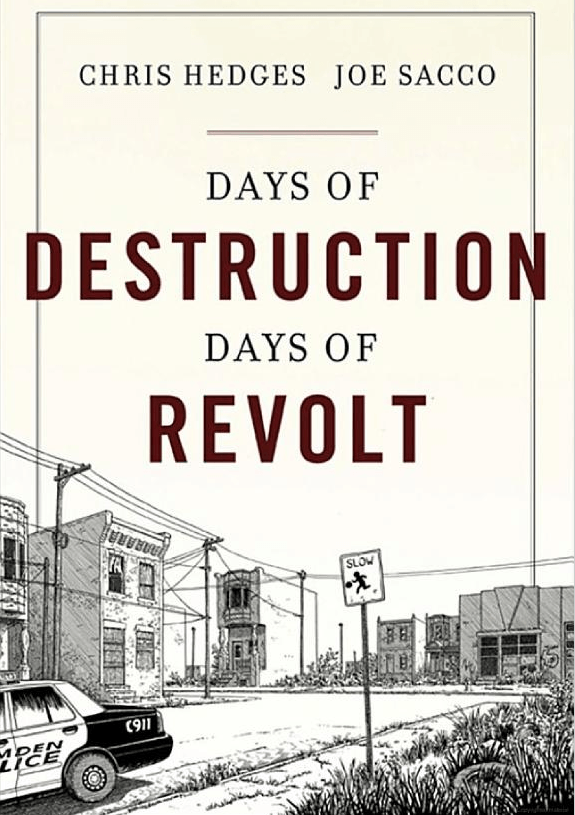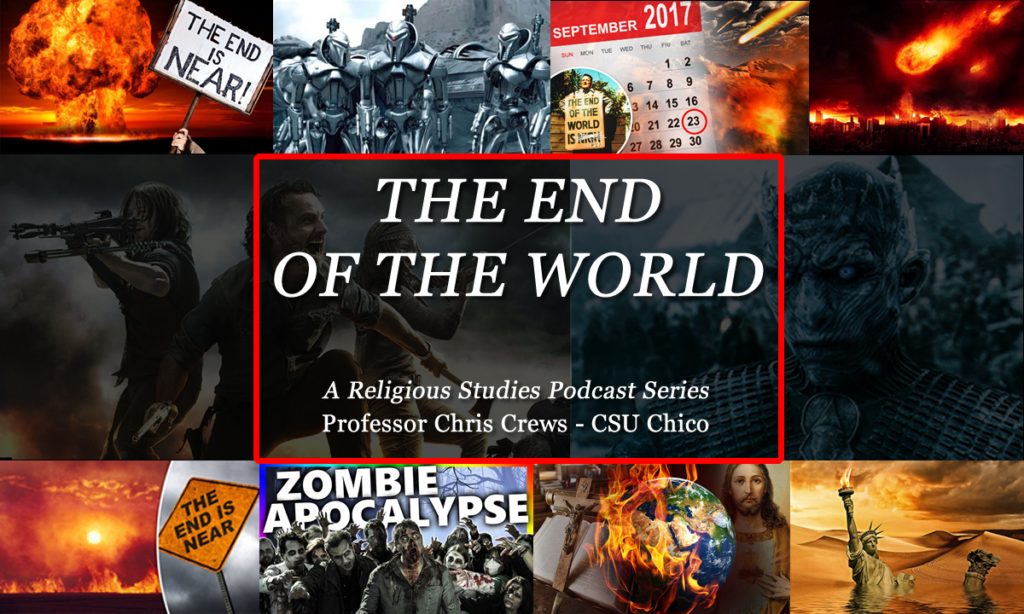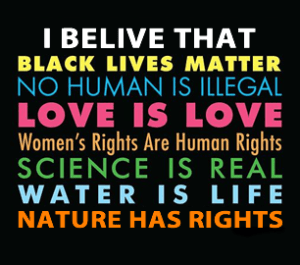Talking about White Privilege – Pt. 1
“We can overtly support white-supremacist racial projects. We can reject white supremacy and support racial projects aimed at a democratic distribution of power and a just distribution of resources. Or we can claim to not be interested in race, in which case we almost certainly will end up tacitly supporting white supremacy by virtue of our unwillingness to confront it. In a society in which white supremacy has structured every aspect of our world, there can be no claim to neutrality.” – Robert Jensen – The Heart of Whiteness
This week has been a long one, and it just started yesterday! But it started off with a bang, as I spent three consecutive classes, as well as the time in between, talking about issues of white privilege, racism, cultural genocide and American history. I’d like to say it was just another day on the job for an anti-racist educator, but yesterday stood out for several reasons.
My first class of the day, an Intro to Politics course at Fordham College in the Bronx, was dealing with the history of relations between white settlers, the US gov’t and native communities, with an emphasis on the Pine Ridge Reservation in South Dakota. I assigned Chris Hitchens and Joe Sacco’s Days of Destruction, Days of Revolt for this section of my course, and we were reading the first chapter for this week, which deals with the past and present legacy of genocide against native peoples through the eyes of Pine Ridge.
For those that don’t know anything about white-indigenous history in this part of the US, here are a few selective but critical moments:
- 1868 – Fort Laramie Treaty sets out Lakota land rights in the Black Hills and surrounding areas for native use
- 1876 – 7th Cavalry, under the command of General Custer’s, suffers a total defeat at the Battle of Little Bighorn
- 1887 – Dawes Severalty Act, a cultural genocide against native peoples under the guise of dealing with the “Indian problem”
- 1889 – Pine Ridge Indian Reservation (Wazí Aháŋhaŋ Oyáŋke) officially established in South Dakota
- 1890 – remnants of the 7th Cavalry massacre hundreds of native people, mostly women and children, at Wounded Knee Creek on the Pine Ridge Reservation
- 1973 – American Indian Movement (AIM) takes a stand against Dick Wilson and his GOON squad, who are supported by the full cooperation of the FBI and other US gov’t agencies.
Besides many of the students not knowing much of this history, and talking about how and why these events happened, we also had a chance to talk about some of the pervasive stereotypes of native peoples today, how things like the National Museum of the American Indian (NMAI) play into ongoing erasure of the genocide of native peoples while mythologizing them as part of the American past, and the ways that stereotypes are transmitted through culture–for example TV, movies, cartoons, newspaper reports and the like.
Although we did not have time to get into it in this first class, I will be showing part of Reel Injun, a great documentary–in my opinion–which both documents, problematizes and corrects the history of racist depictions of native communities in the US. Here’s a trailer from that film for folks not familiar with it.
Following that morning class, I had my second class, Race and Ethnicity, where we have been discussing white privilege and racism, and are reading Robert Jensen’s The Heart of Whiteness. Jensen offers a no-holds barred engagement with the issues and history of white privilege and the white supremacist society which produced and sustains it today. As part of this class we did a variation on an activity to draw out the issues of white privilege, which uses a series of questions to help white people clarify their relationship to white privilege, and the different ways that they have it, use it, benefit from it and perpetuate it. Here’s a copy of the exercise I used.
After giving everyone time to fill it out and tally their personal privilege score, I asked people to guess where they thought the class would fall, based on a range of 5 point scales, going from 100-95, 94-90, 89-85, etc. Once we had done that, I then asked everyone to form a line and arrange themselves based on their score, to help give a tangible picture of who benefits more and has access to white privilege, and who benefits less and has little or no privilege. Not surprisingly, all of the students of color were on one end, followed by the working class whites, then middle and upper-middle class whites.
From there we talked about how structural inequality tied into this–a topic from earlier class discussions–and how white people did not choose to have privilege or to place themselves in different spots along the continuum, but that there were deeper, structural causes that helped explain both the race and class dynamics that we were seeing. We also talked about how individual experience may have shaped someone’s answer, and why we might have scored a certain question a 3 or a 4 based on our own personal life history, but that no matter where the white were on the spectrum, they all still benefited from white privilege, something which most people of color–or non-white peoples as the label Jensen prefers–do not have access to.
That led into a rich discussion of what questions surprised or bothered people, and why. The major one was a seemingly minor issue–“skin colored” band-aids. Why are they an off-white/beige color? White privilege! We wrapped up the class with a few short videos, including the “White, White Baby” skit from In Living Color and a short stand up piece from CK White on Being White.
From there I headed home, and ran into a relatively new acquaintance, who works as a security guard at Fordham, and who I formally met recently through another Fordham member while at a coffee shop near the New School campus. We usually chat for a few minutes every day or two as I am coming or going to class, and had mentioned in our last meetings that I was teaching this class and about white privilege in particular.
Somehow we got talking about racism and inequality and he said that it would always be like that and wasn’t likely to change, to which I replied that I still had hope it could, even if it took a long time, and that part of the problem is that people are segregated into their own identity groups and don’t often interact on a day-to-day, interpersonal basis, and this is part of the problem. As long as we remain strangers, we will continue to hold onto our personal prejudices. So I was saying that we need to interact and mix more as one part of a larger political strategy. He caught me off guard with his next question.
How come then, he asked, for the first year or more you were here, you came by every day and flashed your id and kept going? It wasn’t until we met through a friend at this coffee shop off campus that we were introduced, and now you say hi every day. Why didn’t you come up and introduce yourself before then, since we saw each other every day?
Damn, I though, a bit flustered, my own white privilege is staring me in the face and I don’t know what to do. I tried to make some half-hearted response that I did try to make a habit of getting to know the security and maintenance staff where I work, especially if I see them daily or frequently, but that I had just not made the effort to get to know him our chance meeting off campus. I know some of the guards or maintenance at both Fordham and New School by name now after several years, but it still raised the uncomfortable truth that I was talking about something–racial integration–that I was not doing a very good job of modelling in my own life. How could I expect my students and others to push their own comfort zone when I wasn’t, or only minimally? That sparked an extended mental reflection which I don’t have space for right now–mental or otherwise–but that I hope to write up in another post soon. I’ll continue this story, as well as my evening as a guest speaker in a clinical psychology PhD class taught by Doris Change at The New School and another long conversation about Robert Jensen and white privilege in my next post, so stay tuned.
Until next time…If you’re not part of the solution, you are the problem.
###



